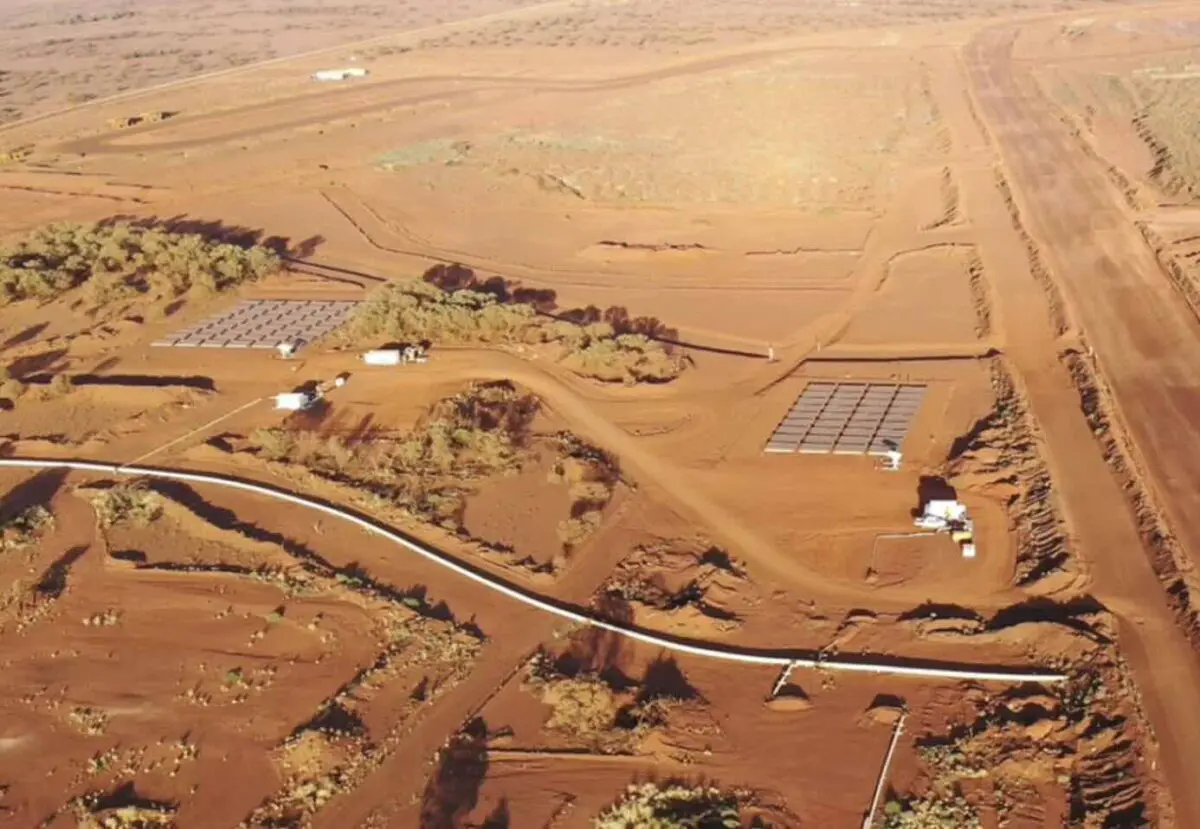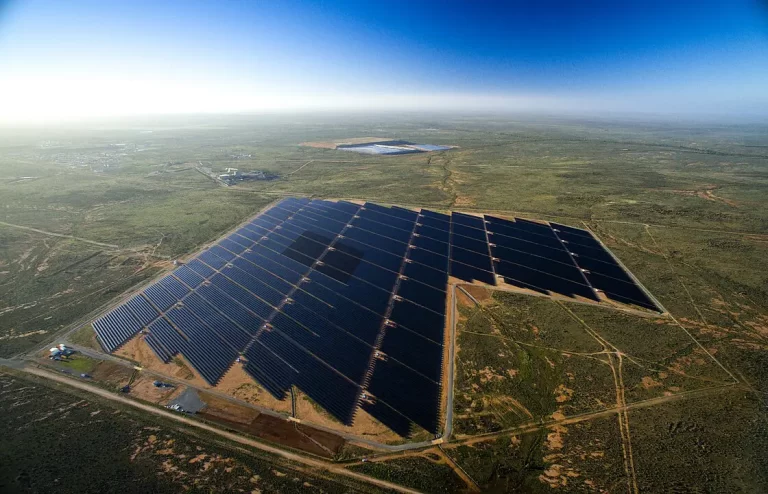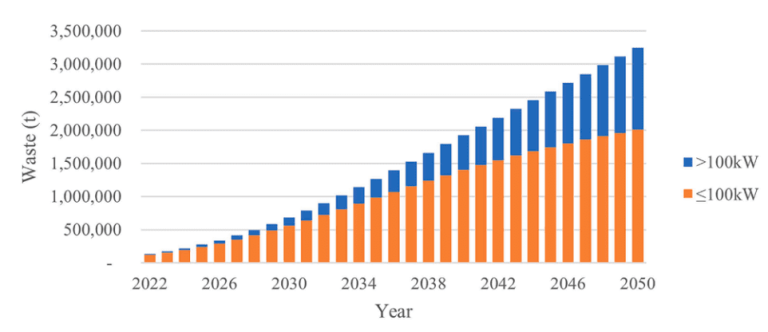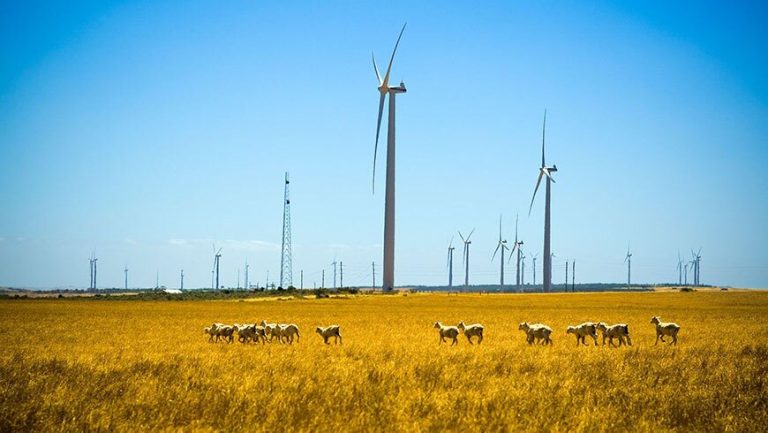Hancock Iron Ore Achieves 55% Renewable Energy with Solar and Battery Systems
Australia’s wealthiest individual, Gina Rinehart, has openly expressed her disapproval of net zero policies. However, her mining company, Hancock Iron Ore, has made strides in economic efficiency by implementing solar and battery storage systems at some of its mining sites.
The newly established “mega miner,” which owns significant iron ore mines contributing to Rinehart’s fortune, has announced the installation of three hybrid solar and battery systems aimed at enhancing its dewatering operations in the Pilbara region.
Innovative Energy Solutions in Mining
These installations, while modest in scale, feature a combination of 750 kW of solar photovoltaic (PV) power, utilising the innovative Maverick technology from Australian solar pioneer 5B, alongside 1.68 MWh of battery storage. According to Pacific Energy, the company responsible for the installations, these systems are expected to achieve a 55 per cent renewable energy penetration at these off-grid locations, potentially saving up to 250,000 litres of diesel each year.
Pacific Energy highlighted the successful deployment of the 5B Maverick Solar Array for bore pump applications, noting that its rapid-deploy, transportable design is particularly suited for remote mining environments. The integration of Variable Speed Drives has optimised pump efficiency, and the systems have been connected to Hancock Iron Ore’s existing SCADA platform for streamlined monitoring.
Operational Benefits and Future Plans
Hancock Iron Ore also shared its enthusiasm regarding the solar and battery installations, stating that the design of the solar power system is set to offset up to 55% of the energy required, with any surplus stored in battery systems for future use. This initiative is anticipated to enhance productivity and operational efficiency by reducing the time needed for inspections and maintenance, as well as decreasing reliance on diesel generators, leading to significant annual savings.
Despite these advancements, the scale of Hancock’s installations pales in comparison to the extensive solar and battery projects being pursued by competitors such as Fortescue Metals, BHP, and Rio Tinto, which have already established solar farms exceeding 100 MW and are planning even larger gigawatt-scale projects.
Contrasting Views on Renewable Energy
Fortescue has set an ambitious goal of achieving “real zero” emissions by 2030, which entails eliminating fossil fuel use in mining and land-based transport. In stark contrast, Rinehart has been vocal against long-term net zero targets, labelling them as unrealistic and referring to solar panels as an “eyesore.” She has raised concerns about the reliability of renewable energy for industries that require constant electricity, such as dairy, aluminium, and steel production.
Rinehart has also pointed out the potential costs associated with net zero initiatives, estimating that they could exceed a trillion dollars for taxpayers and an additional trillion for businesses. Nevertheless, it appears that Hancock is beginning to recognise the financial benefits of renewable energy solutions for certain applications. Last year, Rinehart’s companies sought approval to construct a 40 MW solar facility at another mine site in Mulga Downs.
Industry Reactions and Future Developments
Hancock’s recent LinkedIn post celebrating the success of its solar and battery installations garnered positive feedback, with other companies offering to provide even more efficient systems. Mark Reynolds, chairman of AFB, claimed to have a superior off-grid solution that could achieve a 90% reduction in diesel usage. Meanwhile, Benjamin Greig, a former senior construction manager at Rinehart’s Roy Hill Mines, commented on the potential for such systems, highlighting the industry’s growing interest in large-scale savings.
As Hancock Iron Ore continues to explore renewable energy options, it remains to be seen how these developments will influence the broader mining sector and the ongoing debate surrounding net zero policies.

37-768x432.jpg)
26-768x472.jpg)



